Owning a home is a long-term investment. Part of that investment includes regular maintenance and every so often, major repairs. No one likes spending thousands of dollars on things like a new furnace – but in the long run replacing an old, inefficient furnace will increase your home’s comfort and save you money on utility bills.
If the motor dies on your fridge or the roof leaks, it’s a clear sign that something is wrong. But did you know hearing a rattle or hum every time your furnace kicks on is a telltale clue there’s a problem? Warning signs like this, along with the age of your unit, could be a hint that it’s time for a replacement.
Consider calling an HVAC professional if you are experiencing any of the following:
Your Energy Bills Keep Rising
Older HVAC systems are generally less energy efficient – meaning they must work harder to heat and cool your home. While performing routine maintenance helps increase their lifespan, an upgrade will eventually be necessary. If your HVAC system is more than 15 years old, switching to a high-efficiency furnace or air conditioner will help lower your energy costs by as much as 20 percent.
Your HVAC System is Loud
Clanks, bangs, rattles and hums could indicate loose or broken parts, leaks, stuck debris or issues with your home’s duct system, fans or coils. If the cost of replacing or fixing broken components is going to be at least half the cost of a new system, upgrading may make more sense. Many companies offer financing options and discounts when buying both a furnace and air conditioner at the same time.
Indoor Air Quality is Poor
Is the air in your home too dry or moist (you notice mold or mildew) or do the dust bunnies seem out of control? Leaky ductwork or aging equipment could be the cause.
It's Taking Longer Than Usual to Heat or Cool Your Home
Or certain rooms in your home stay hotter or colder than other parts of your home. Older systems struggle to evenly distribute air throughout a home. Common contributors to this problem could be duct issues or inadequate insulation, improper installation, or a unit that is too small for your home.
Frequent Repairs
Regular maintenance of your HVAC system is your best deterrent for catching issues early, when they are easier (and likely cheaper!) to fix. However, if you are needing frequent or costly repairs, it may be a wiser financial choice to invest in a new HVAC system.
The Environmental Protection Agency (EPA) offers a home energy yardstick to help assess your home’s energy efficiency. By answering a few basic questions, you can get your home’s score and learn tips to improve your comfort and lower your utility bills.
Most HVAC companies offer free in-home consultations and can advise you about economical solutions and financing options. For more energy saving tips, home maintenance reminders and chances to win smart home technology, sign up for NOPEC’s Energy Savings Center.


